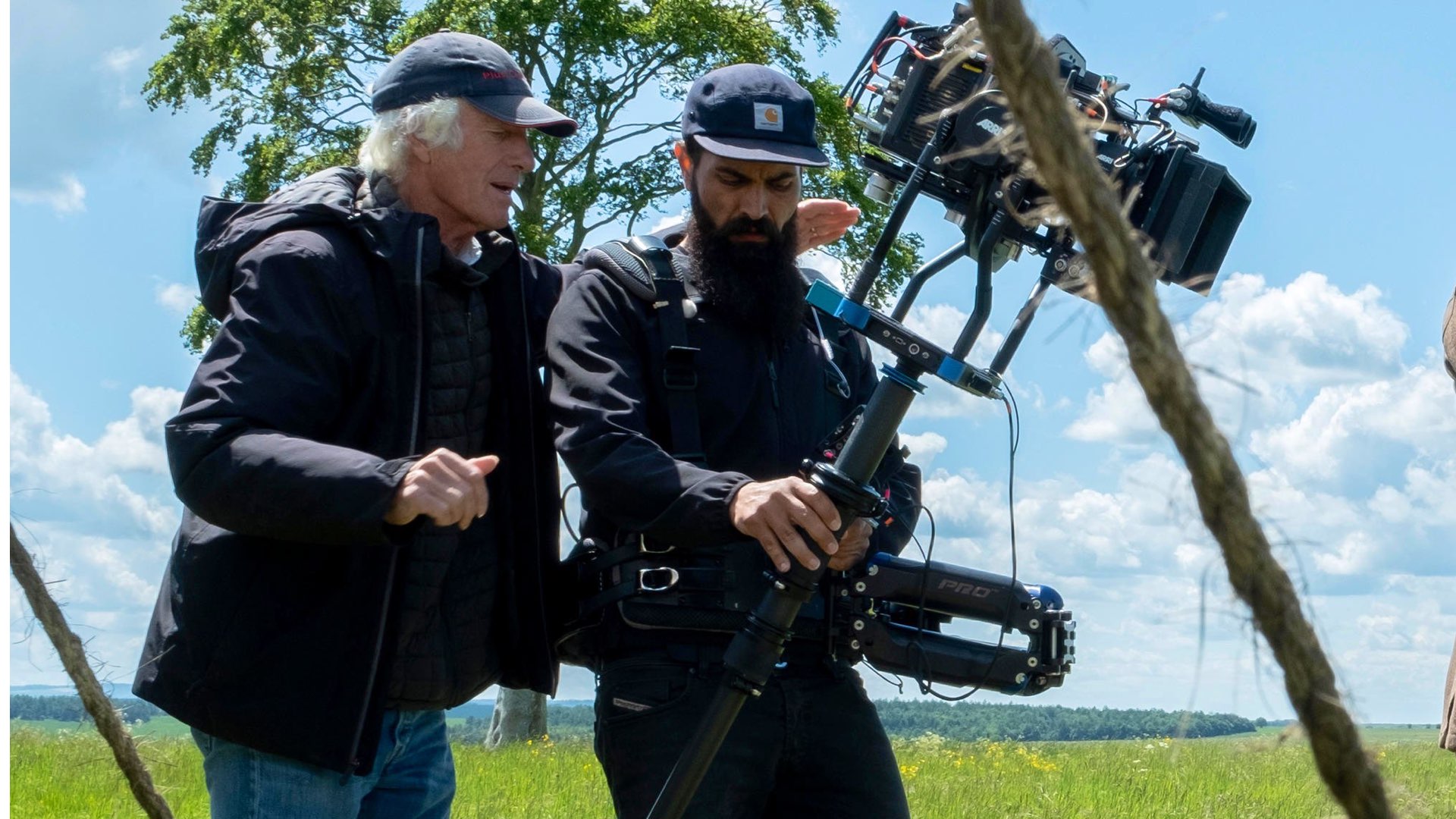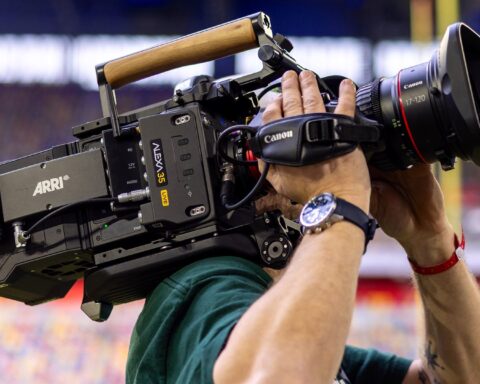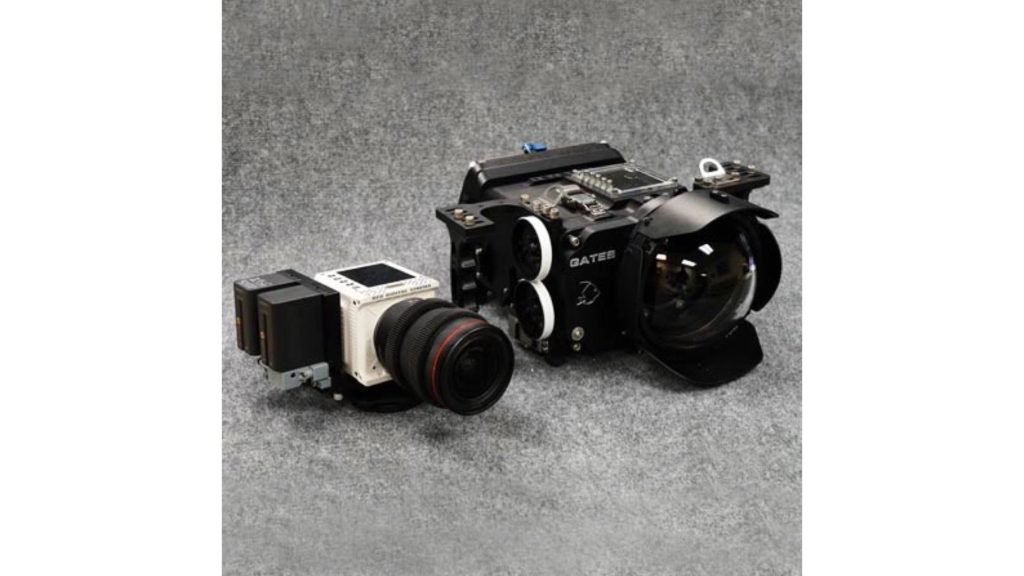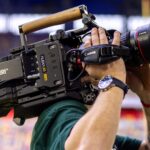An educational gem was found. On this podcast, cinematographer Roger Deakins and his wife, James, discuss with Trinity operator Charlie Rizek about the camera movements behind 1917, and how the ARRI Trinity has been utilized to execute “Long-Take” techniques.
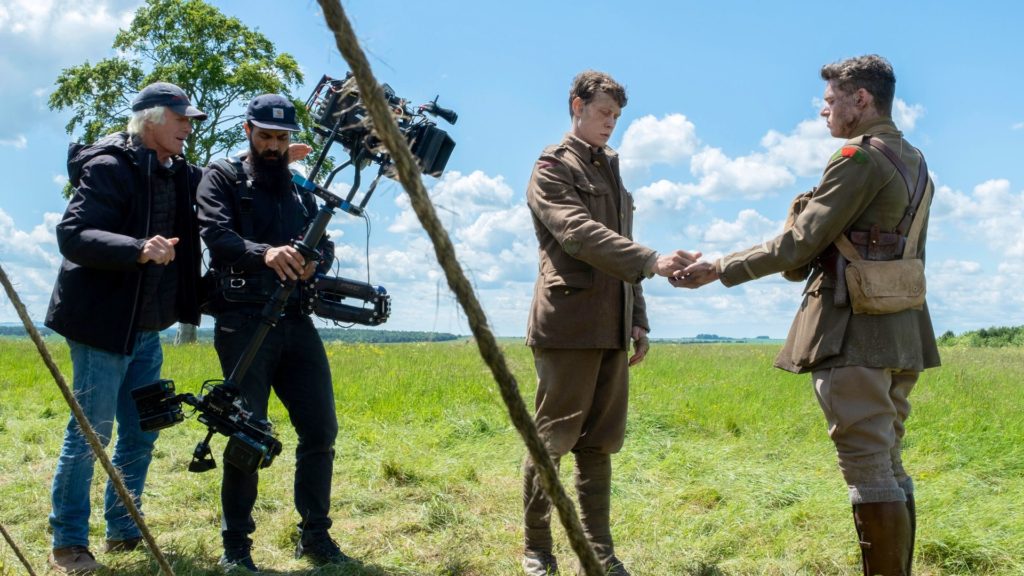
There are a million ways to tell the story and non of them are right.
Cinematographer Roger Deakins
Team Deakins podcast
The Team Deakins podcast is an ongoing conversation between acclaimed cinematographer Roger Deakins and his wife and collaborator James Deakins about cinematography, the film business, and whatever other questions are submitted. As stated by James:” We start with a specific question and end….who knows where!”. The podcast is truly an educational gem for anyone that is passionate about filmmaking, cinematography, and the methodologies needed to concoct the secret sauce for visualizing your story. This time, Team Deakins is joined by 1917 collaborator, Charlie Rizek, the Trinity and Steadicam operator who lent his skills to help make possible the idea of a “one-shot” (=Long Take) movie. The topics discussed are about how he got into the business, why he was attracted to the movement of the camera, how the trinity worked in 1917 and why the movement isn’t always necessary in a shot.
Listen to it below:
The born of the Trinity
At IBC 2015 a prototype of the patented Artemis Trinity, which was developed by Curt O. Schaller from Sachtler / Vitec Videocom, attracted a great deal of interest. In April 2016, ARRI acquired the Artemis camera stabilizer systems, and as a result, became the exclusive seller of Artemis Trinity stabilizers. Curt O. Schaller, who developed Trinity, has joined ARRI as Product Manager Camera Stabilizer Systems. In fact, Schaller is now the main trainer and educator behind a new course of ARRI called: Certified Training for TRINITY, which is an online course by ARRI Academy that focuses on an introduction to the Trinity and understanding its features and working language.
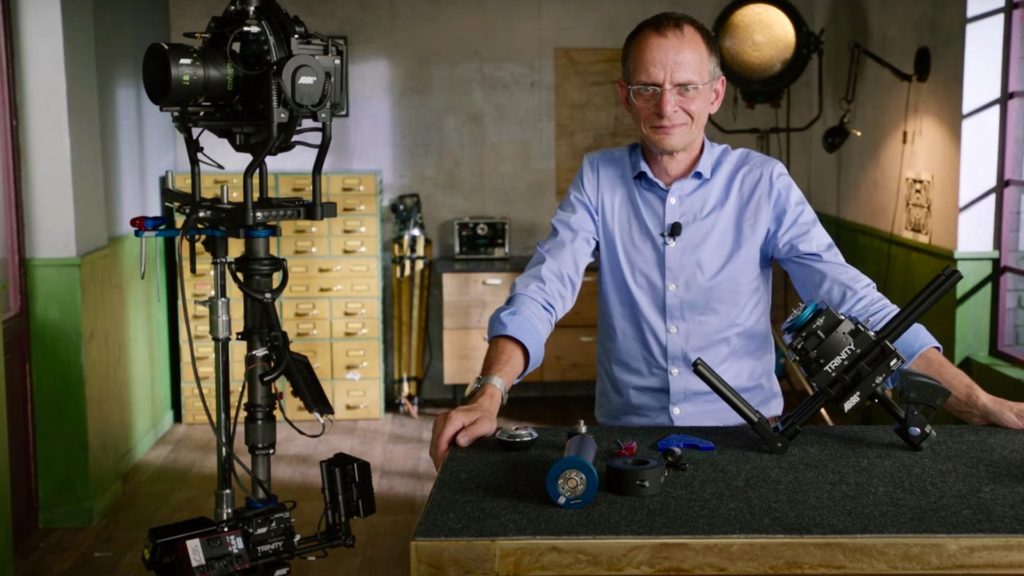
The Trinity is the first hybrid camera stabilizer that combines classic mechanical stabilization with advanced active electronic stabilization.
ARRI
ARRI Trinity in feature films
From 2016, this especially combined stabilizer, which reminds a hybridization between gimbal and Steadicam, has been utilized on many projects, including Peaky Blinders, Duckweed, Mr. Robot, and of-course, 1917. The Trinity is defined by ARRI as “The first hybrid camera stabilizer that combines classic mechanical stabilization with advanced active electronic stabilization, provided via 32-bit ARM-based gimbal technology”. This combination results in five axes of control and enables uniquely fluid, wide-ranging, and precisely controlled movements for unrestricted shooting and total creative freedom.
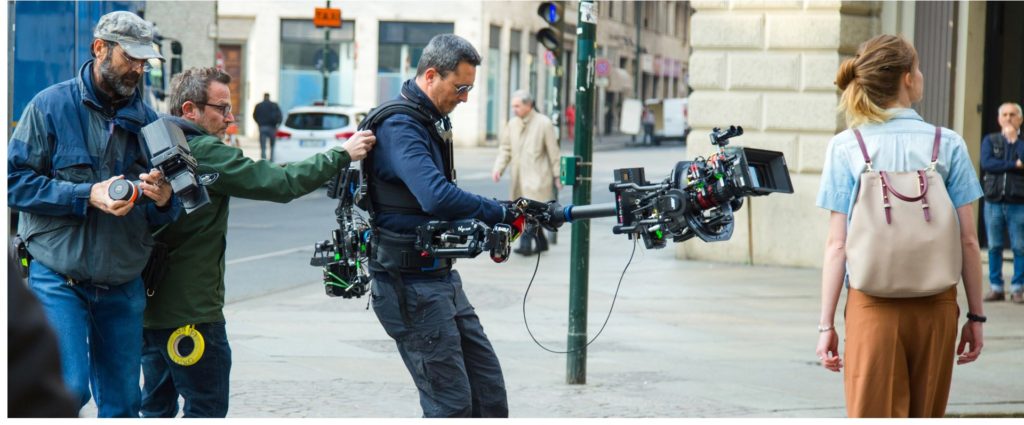
Utilizing the Trinity to execute long-takes
The unique characteristics of the Trinity indeed allow building One-Shot (=Long-Take) scenes more easily. The operator can focus more on what’s matters in the aspects of camera movements. For instance, the Trinity neutralizes the need of waking in a certain way. That allows the privilege to walk more naturally without damaging the flow of the camera’s kinetic and stabilization. Thus, we can understand the logic behind choosing the Trinity for executing long-take sequences in 1917. Moreover, the Trinity is perfect for long-take shots tricks, and manipulations that were overused in 1917 (Read our critic: 1917 Movie Review: One (Too) Long (Boring) Take in an Overrated Film).
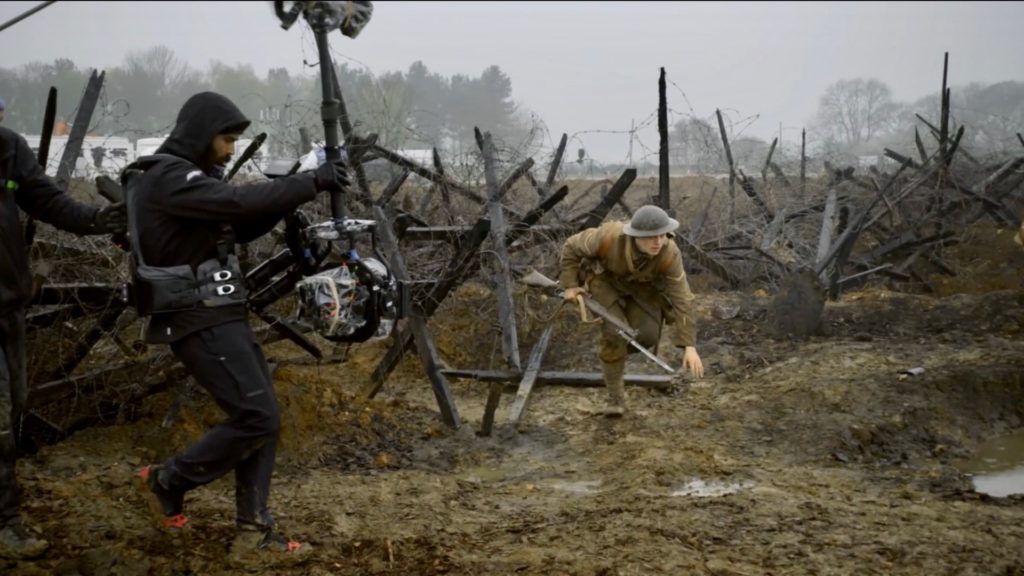
ARRI Academy: Trinity masterclass
We truly recommend students watch the ARRI Christmas Masterclass With Julio Macat ASC that is focused on using the Trinity to enhance the camera’s possibilities regarding movement (Read our review). In this masterclass, you’ll be exposed to practical approaches and demonstration guided by Trinity operator Charlie Rizek together with cinematographer Julio Macat ASC that shed more light on how to perform the movements in a scene according to the story. Also, read our article (Roger Deakins Summarizes the Making of 1917) that explains why the ALEXA Mini LF and Trinity were the ultimate tools to execute long takes in 1917. According to many cinematographers, the Mini LF is perfectly matched to the Trinity. The compact full-frame sensor causes the enhancement of camera movement and amplifies the advantages of the Trinity. That allows more possibilities to get those dramatic shots.
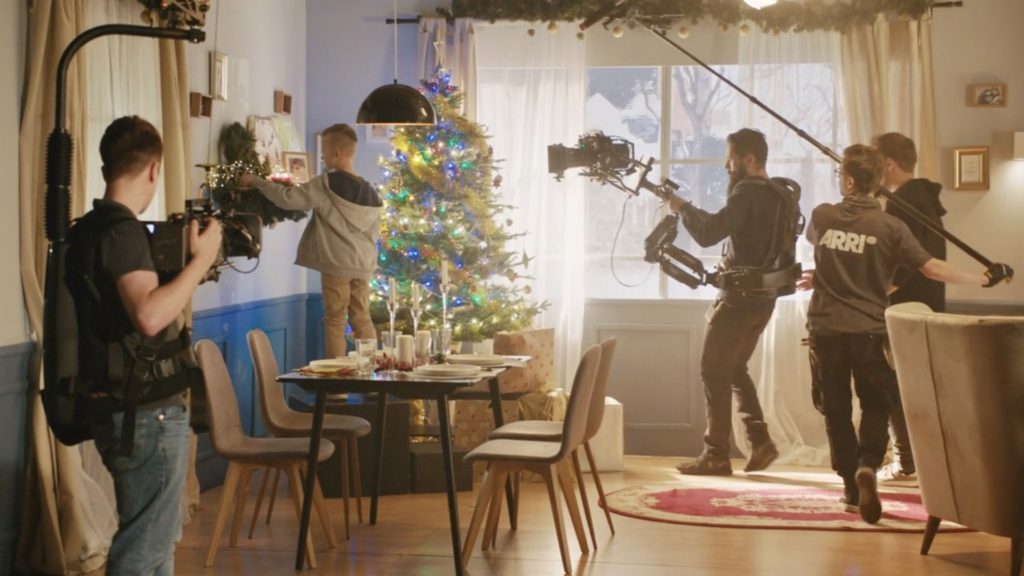
Final thoughts
Team Deakins’ podcast with Charlie Rizek constitutes an educational healthy discussion about the shooting of 1917 on 70 pounds setup (Trinity+ Mini LF). They also elaborate on the challenges they had and how much it’s important and even crucial to do rehearsals before the actual shoot. Finally, the podcast ends by Roger Deakins saying that: “There are a million ways to tell the story and non of them are right”. Do you agree with that statement? Let’s know.


